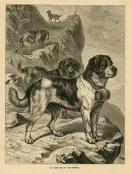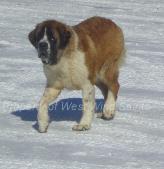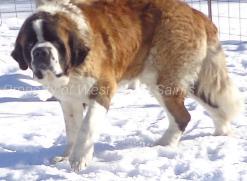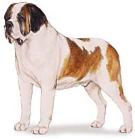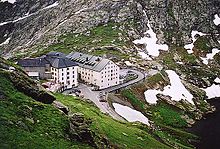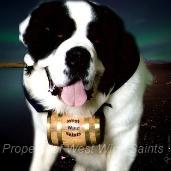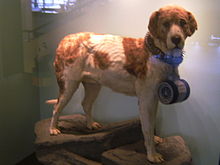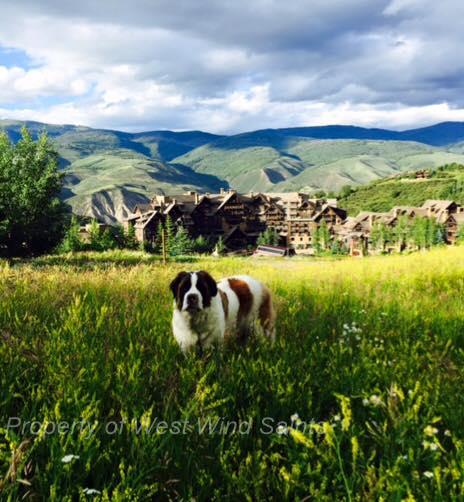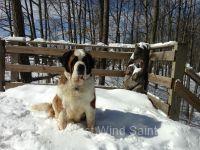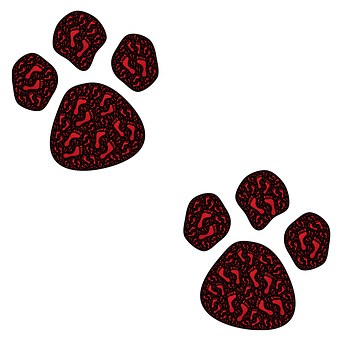The Saint Bernard is a very ancient breed, believed to originate from native dogs and the tibetan mastiff that were present in the alps since around the year 1000.
These were used for a variety of duties including, rescue, guarding, herding, and drafting.
The monks then crossed these dogs with the Great Pyrenees and with the Great Dane. The original St. bernards were all short haired dogs;
However, about 150 years ago the monks brought in new blood into their breeding program and interbred the long coated Newfoundland with the Saints.
The St. Bernard was used for search and rescue in the snowy passes
between Switzerland and Italy; and although it all started with the smooth coat Saint, the monks believed adding the long coat variety would help the dogs to withstand the frigid temperatures.
These dogs saved more than 2000 people trapped by avalanches and storms when traveling thru the Great Saint Bernard Pass in the Alpine Mountains; hence the rescue breed was named the Saint Bernard.
By the 1960's both smooth and rough coated saints had been accepted in America and today are recognized by all major kennel clubs.



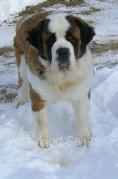


History of the Saint Bernard
Saint Puppies
Too Cute
St. Bernnards
Saint Traits
Guide on how the Saint Bernard breed originated thru the years.
Saints were bred to work as service dogs, pulling carts, guarding home and livestock and saving lives in search and rescue
The Saint Bernards typical "look" has changed quite a bit from the rescue dogs that were first used; the dogs used to be smaller, more agile, and had longer noses. The saints
nowadays are much heavier in build and the head is more massive
The Great Saint Bernard Hospice which served as the location of the rescue dogs. The dogs
rescued travelers for over 200 years, now all rescue work is done by helicopter. Saint Bernards were raised at the hospice till 2004
The Barrel that is strapped to a Saint Bernards collar was said to contain liquor to warm travelers rescued in winter snowstorms but no historical records exist that documented this practice so it is considered to be legend.
Most famous Saint Bernard was Barry; he lived at the monastery for 12 years and he saved more than 40 people buried deep in snow. When Barry passed away in 1815
his body was preserved and put on exhibit at the Natural History Museum in
Berne Switzerland
Barry





